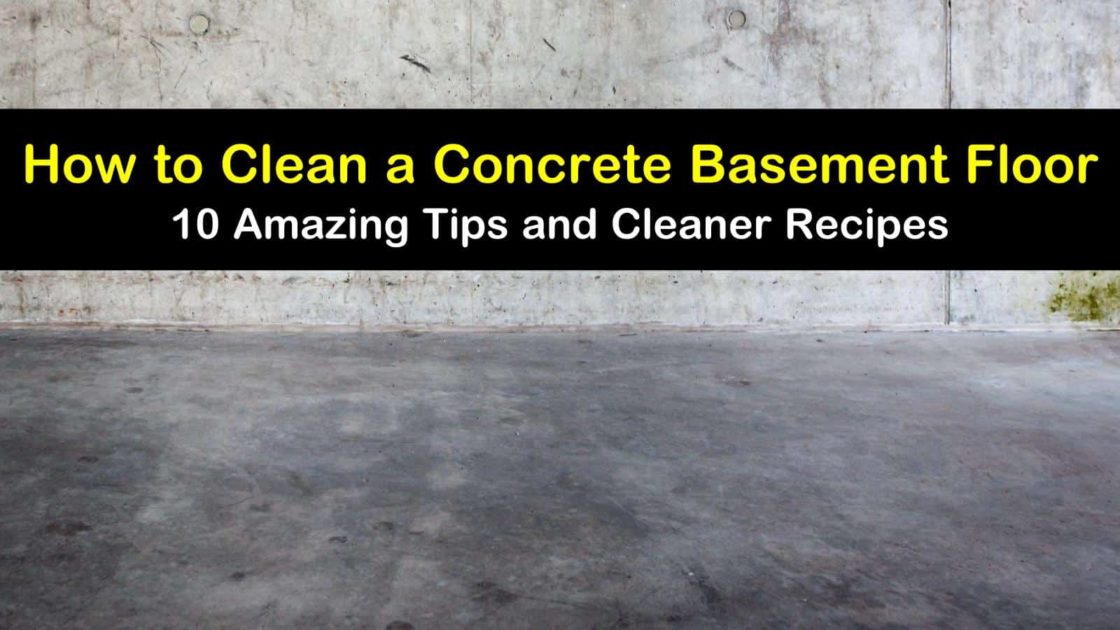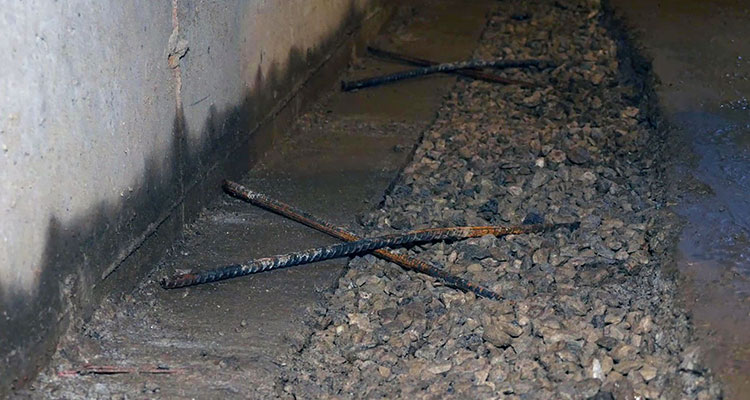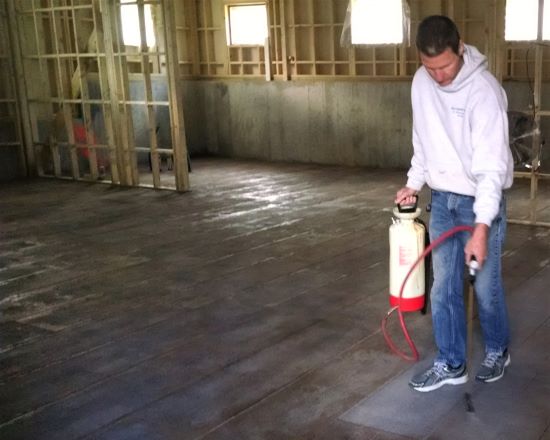Every time a person walks on the floor or a child drags a toy truck it grinds away millions of tiny particles of the concrete surface.
How to get rid of concrete dust in basement.
There are other commercial products available that can be used to remove the efflorescence in concrete but you will always need to make sure that all.
While the white powder often found on basement walls and mold are caused by similar conditions they are actually different materials.
Some times you have to.
According to amicus for many years it has been known that breathing in fine dust containing crystalline silica can cause lung damage silicosis silicosis has been linked to some forms of lung cancer.
Cleaning is one thing and solving the problem is another.
Perfect for basements garages and exterior surfaces where protection is required without the aesthetic value and work of a concrete coating such as an epoxy stain or similar product.
Children playing on the floor will breathe in more.
The concrete dust particles are detrimental if inhaled which is why you should ensure your safety before you start the cleaning process.
Seal your concrete against concrete dust.
When dealing with a dusty concrete floor in a new construction building focus first on getting rid of debris.
Stop concrete dust in its tracks and seal your concrete with our powerful combination of a densifier and silane siloxane water repellant and sealer.
Allow any dust you have kicked up to settle and replace the bag if.
Use a broom to sweep up as much dust as possible as well as any bigger items that may be leftover from construction.
If you have a basement with a concrete floor you can use a shop vac to collect the dirt and debris.
If you are opting for this solution to get rid of the concrete efflorescence you will then need to apply baking soda or any other similar product to balance the acidity on the concrete surface.
Dust the area with a damp cloth or towel to get rid of the dust in the air and on the walls.
Use the broom or brush to sweep the surface first.
Although these studies relate to long term exposures avoid breathing.
As for cleaning a very fine powder.
Use a long handled duster to sweep away those unsightly webs paying special attention to the ceiling and corners of the basement.
Dust the hard to reach areas.
The white powder is efflorescence or minerals left behind as water that has flowed through the concrete walls evaporates.
Vacuum the concrete floor using the machine s brush attachment.
Wear the concrete dust respirator.
One easy trick is to spray water with garden sprayer onto the affected areas and then using a wet dry vac suck up the water.
Mold is a living organism that occurs in wet environments.
If basements have plenty of anything it s cobwebs.
The primary ingredient of concrete dust is crystalline silica.




























